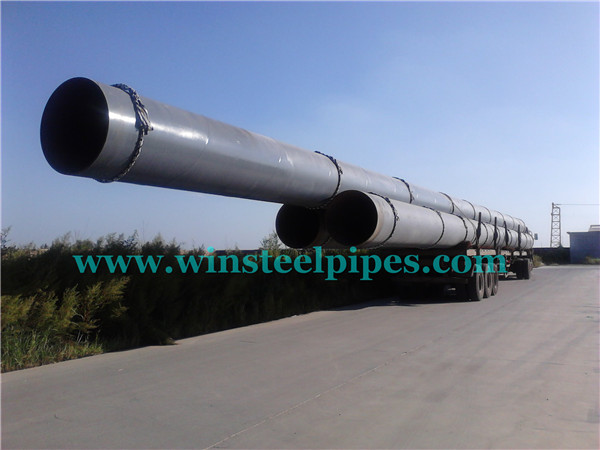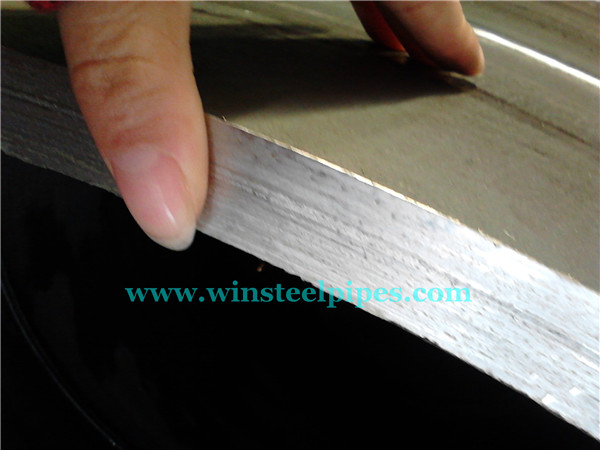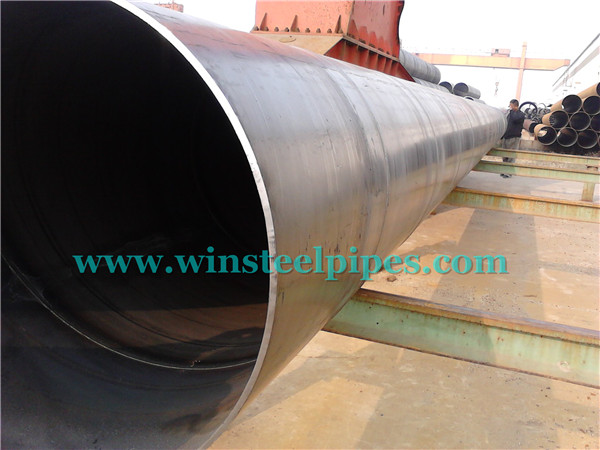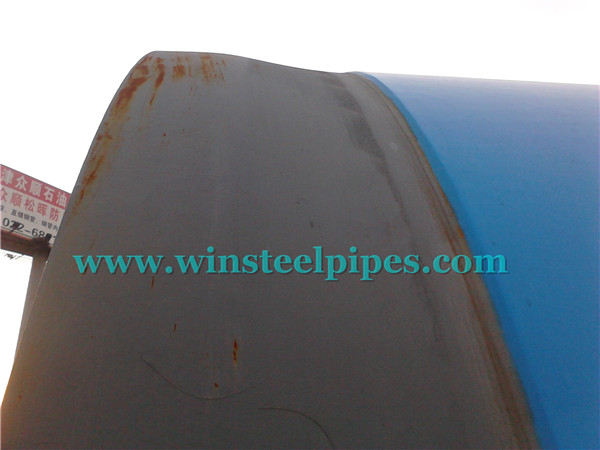Differences Between Steel Pipe and Tube. We say the differences between the steel pipe and tube from the 12 aspects. Such as diameter, wall thickness, producing process, and structurer and so on. You will find them below.
1. DIAMETER
While determining the actual size, tubes and pipes measured different. A tube measured with the help of exact outside diameter (OD) with a set range of wall thickness. The wall thickness is vital as the tube’s strength is dependent on it. But we measure a pipe by using a nominal outside diameter. The most important property is the capacity or the inside dimension (ID).
Pipes accommodate larger applications with sizes. It ranges from a half-inch to several feet. Tubes are generally used in applications that need smaller diameters. While a 10-inch pipe is common, it is rare that you will find a 10-inch tube.
2. WALL THICKNESS
The wall thickness is an important factor while differentiating between pipes and tubes.


The thickness of the tubing is often specified by a gauge for thinner thickness. And for thicker tubing it indicated by fractions of an inch or millimeter. The normal range of tubing is 20 gauge, which is 0.035 inches up to a thickness of 2 inches.
The wall thickness of a pipe referred to as a pipe schedule thickness. The most common pipe schedules are: SCH20, SCH40, and SCH80. SCH40 is the most common and SCH80 is quite heavy.
3. MANUFACTURING PROCESS
The manufacturing techniques are different between pipes and tubes. Tubes need a higher level of processes, tests, inspection. As a result, the delivery period is longer too. The yield of tubes is comparative much lower than the pipes. Instead, the manufacturing process of a pipe is easier. In comparison to tubes and more often undergoes mass production.
4. MATERIAL
Pipes are usually made of carbon steel or low alloy steel. Tubes are made of mild steel, aluminum, brass, copper, chrome, stainless steel, etc. The difference in materials is also a reason for the difference in the cost and applications.

Some steel pipe standards or piping classes are:
- The API range – now ISO 3183. E.g.: API 5L Grade B
- ASME SA106 Grade B (Seamless carbon steel pipe for high-temperature service)
- Specification ASTM A312 (Seamless and welded austenitic stainless steel pipe)
- ASTM A36 (Carbon steel pipe for structural or low-pressure use)
- ASTM A795 (Steel pipe specifically for fire sprinkler systems)
5. STRUCTURE
A tube’s structure does round always. It can be square or rectangular as well. They are usually seam welded. Pipe, but, is always round and rigid. It cannot shaped without the use of a special equipment. Pipes are usually seamless. And pressure rated to avoid leakages as they usually carry liquids or gases.
6. MECHANICAL AND CHEMICAL PROPERTIES
The pressure rating, yield strength, ductility properties are more important for pipes. But, for tubes, the hardness, tensile strength, and high precision is the key to high quality. Carbon, Manganese, Sulphur, Phosphorus, and Silicon are the main chemical elements for pipes. While for tubing, the micro-elements are very important to the quality and process.
7. TOLERANCE
Comparing the tolerance of both tubes and pipes, the tolerance for pipes is looser than tubes. Pipes are usually used for transporting or distributing. thus the properties of pressure, straightness, or roundness strict pecified.
8. SURFACE FINISHING
Pipes need painted or coated to anti-corrosion. Or oxidation for outdoor field transporting or underground transporting. Tubes often go through sour cleaning. Or special polish treatment for their particular field uses.
9. CONNECTION
Connecting one pipe to another is much more of a labor-intensive process. As it requires welding, threading, or flanges along with its relevant equipment. So, tubes can joined quickly and effortlessly with flaring, brazing, or coupling. Tube assemblies can also take place through tube fittings where high standards of construction needed. Pipe welding is safer than tube joining.
10. THE ENDS
Pipe ends are usually in a plain or beveled form. Whereas, tubes generally come with coupling ends. Or special end finishes like irregular ends, special screw thread, etc.
There many kinds of pipe ends. Such as Bevelled end, Plain end, Thread end, Grooved pipe end, and Spherical Socket end pipe, and so on.

11. COST
The manufacturing of tubes utilizes much more labor, energy, and material. So, in the case of the same material, the production cost of tubes is usually higher than the pipes. The manufacturing process of pipes is easier. And they are always manufactured in large lots. This lead to cutting in the cost of pipes.
12. USES
Pipes used for transportation of fluids and gases. Like water, oil, gas, propane. So, the outside and inside diameter is the key measurement. And pressure rating is important. At the opposite, the main use for tubes is for structural purposes such as scaffolding. They are often put to use in applications that call for precise outside diameters. So, the outside diameter is vital as it indicates how much the tube can hold.